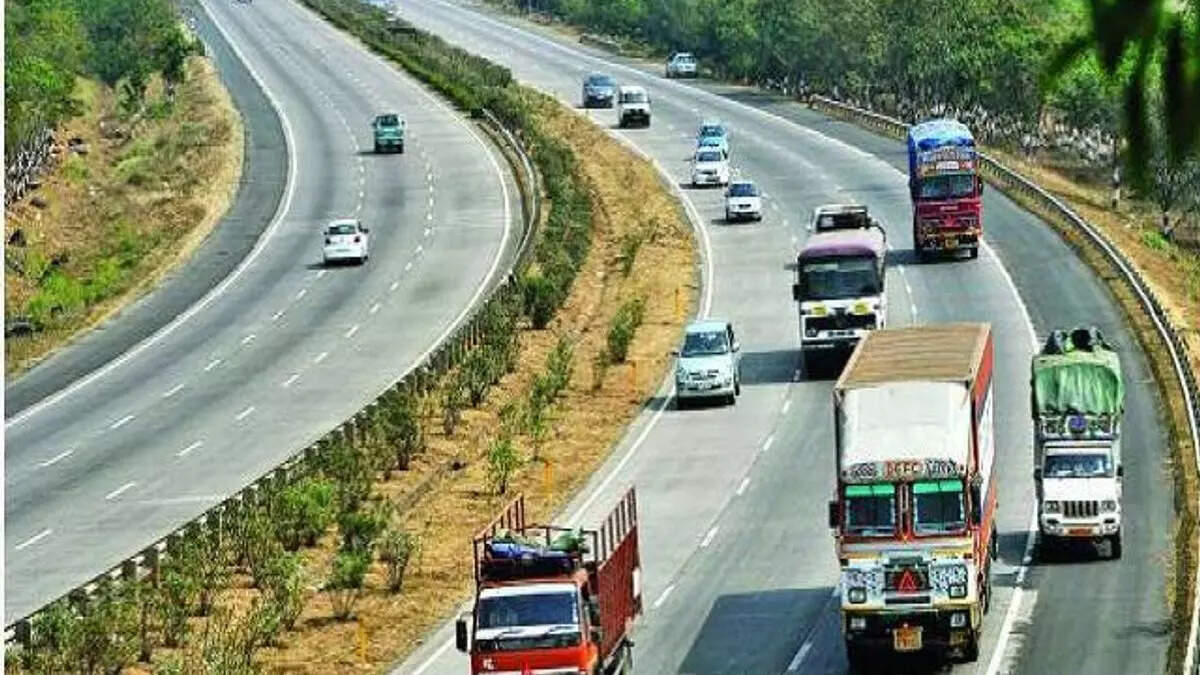Read by: 100 Industry Professionals

New Delhi: I is likely that the second phase of the Bharatmala highway development program might be replaced by a colossal INR 20 trillion, 20-year project. This potential transition is informed by two individuals with knowledge of the matter, according to a report in a business daily.
The new strategy appears to prioritize the more ambitious Vision 2047 plan, encompassing the construction of an extensive 50,000 km network of highways, of which approximately 30,000-35,000 km will be dedicated to fenced-off expressways. This endeavor is set to require an investment surpassing INR 20 trillion.
The government had originally greenlit the relatively modest Bharatmala scheme in 2017 when the Cabinet approved its first phase. This initial phase involved constructing 34,800 km of highways that aimed to connect existing road infrastructure while enhancing connectivity for industrial corridors.
The anticipated approval for the second phase, which entailed constructing around 5,000 km of fenced-off highways with an investment of INR 3 trillion, was expected later this year. The Ministry of Road Transport and Highways (MoRTH) had already prepared a cabinet note for swift approval. However, as of now, a query sent to MoRTH remains unanswered.
MoRTH recently presented the Vision 2047 plan to the Council of Ministers and is hopeful that specific projects within the plan will be separately endorsed by the cabinet, preceding the green light for full-scale implementation.
While the total cost of all projects under the Vision plan is still under assessment, if past trends from Bharatmala are any indicator, the investment could potentially exceed INR 20 trillion.
“We started building expressways on a large scale for the first time under Bharatmala programme. Later, a study suggested that building greenfield expressways would contribute substantially to reducing logistics cost in the country. So, under Vision 2047, we are looking at a network of greenfield access-controlled highways,” MoRTH secretary Anurag Jain had told Mint in an interview earlier.
The Ministry is actively shaping its Vision 2047 document, banking on continued substantial allocations from the finance ministry in the forthcoming years. These allocations are crucial for the successful execution of capital-intensive, long-term projects.
In the current fiscal year, the Ministry of Road Transport and Highways (MoRTH) has been granted a record INR 2.7 trillion in funding, primarily earmarked for the state-operated National Highways Authority of India (NHAI).
Furthermore, the ministry is actively pursuing private investments for greenfield road projects by reinvigorating the ‘build-own-transfer’ (BoT) model, which was previously instrumental in propelling the sector’s growth. This move is anticipated to alleviate the financial burden on the central government.
The Vision 2047 initiative is projected to surpass the scope of Bharatmala, aiming to construct 30,000-35,000 km of access-controlled highways before India’s 100th Independence anniversary in 2047. In fact, the ministry has ambitious plans to expedite this endeavor, with the potential to complete the work within the next 13-14 years, contingent on adequate funding. The Vision program is also expected to encompass projects outlined in the Bharatmala scheme.
As of July 2023, there are 47 operational expressways, spanning just over 5,000 km, with approximately 9,000 km more currently under construction. Once Vision 2047 gains approval, an additional batch of 27-30 projects may be initiated to construct 30,000 km of access-controlled or fenced-off highways spanning the nation, thereby expanding the total network of such roads to approximately 45,000 km.
The National Highways, constituting a pivotal arterial network spanning about 145,000 km, serve as a vital transportation backbone for the nation. Overall, road projects exceeding 65,000 km in length, with a cumulative cost exceeding INR 11 trillion, are in various stages of development. Out of this, more than 39,000 km have already been completed, with work on the remaining 26,000 km currently in progress.
Source: Livemint

